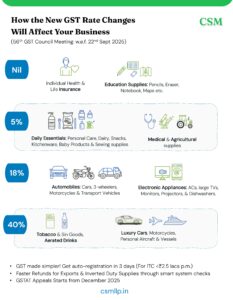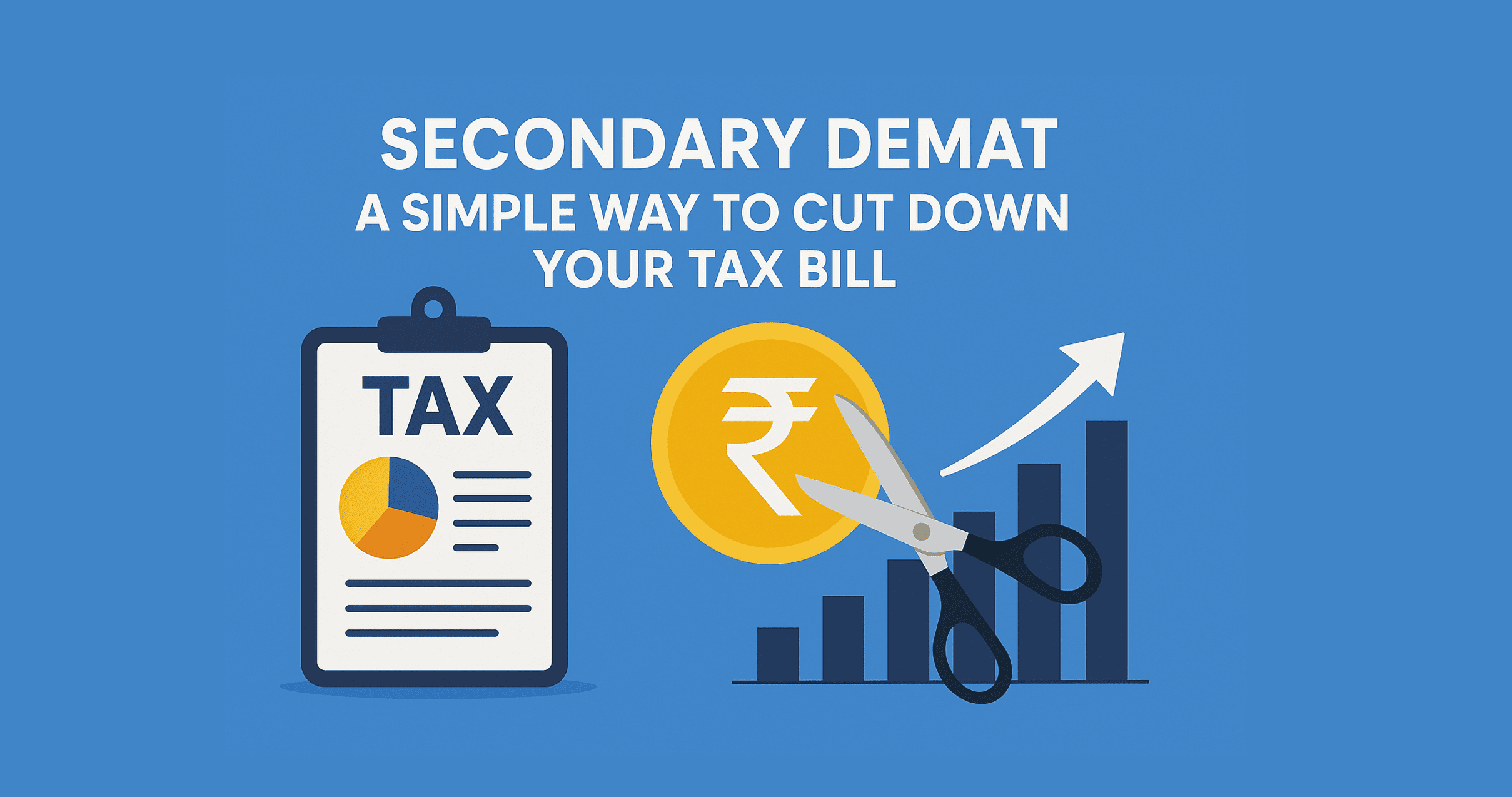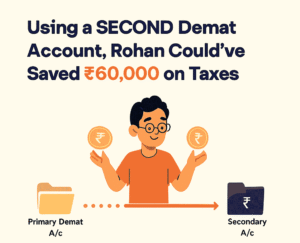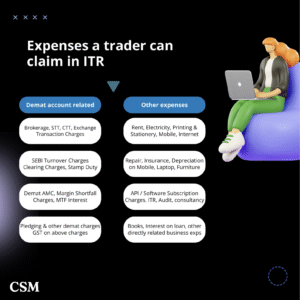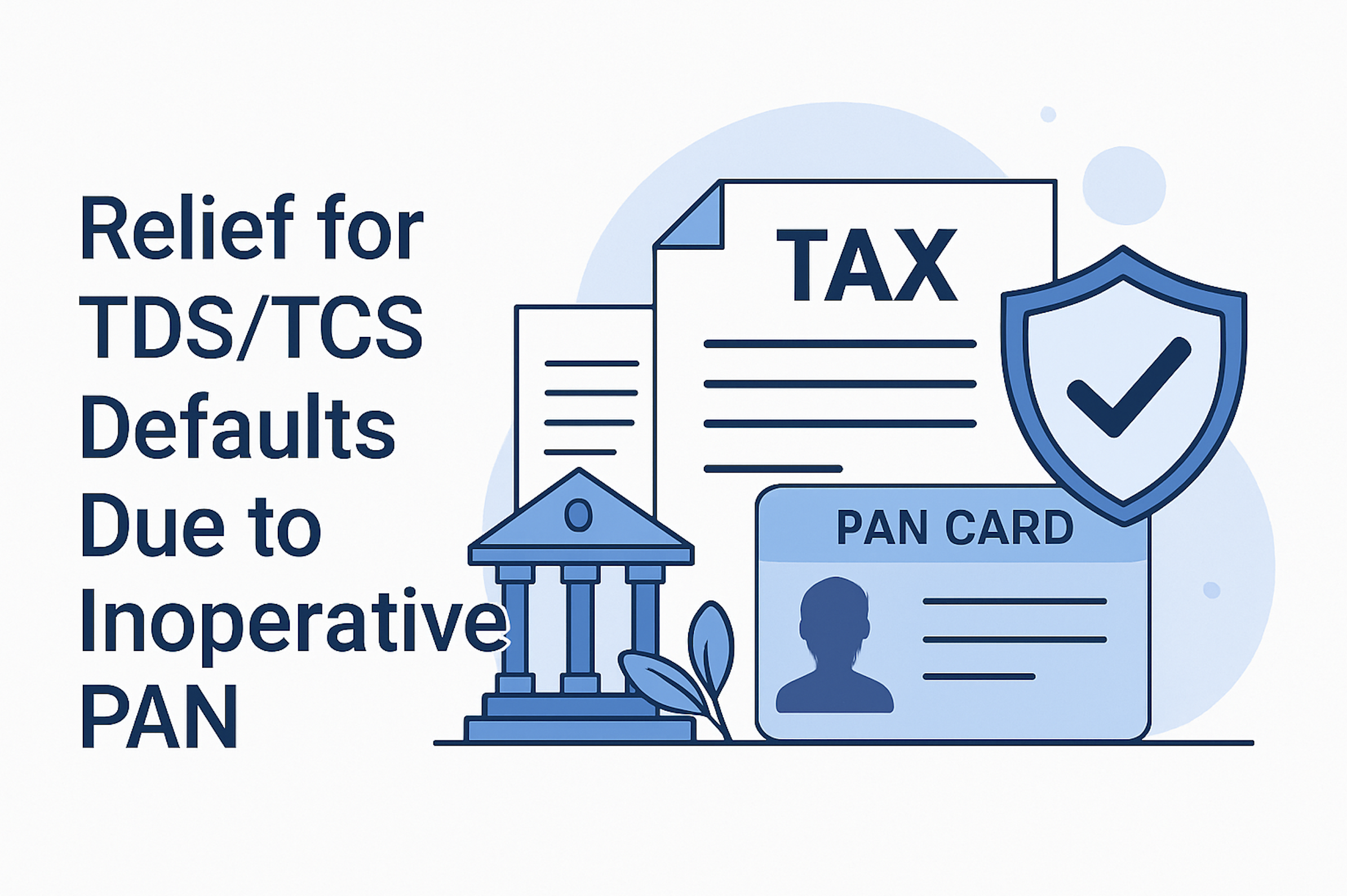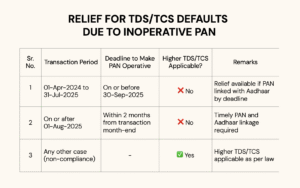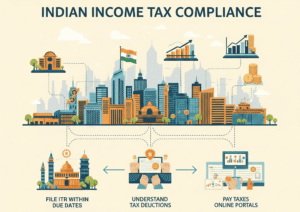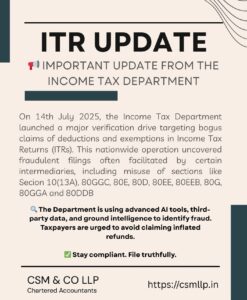TDS on House Rent Payments: Know the Rates, Rules & Applicability w.e.f April 1, 2025:
Tax Deducted at Source (TDS) is a mechanism in India where tax is deducted at the source of income, ensuring that the government collects tax on income as it is earned. When it comes to house rent, specific TDS rules apply under the Income Tax Act, particularly for individuals, Hindu Undivided Family (HUF), companies, and firms. In this blog, we’ll break down the TDS rates and criteria for house rent for Financial Year 2025-26, as outlined in the table below, helping you understand your obligations as a tenant or landlord.
TDS on House Rent: The Basics
The table outlines two key scenarios for TDS deduction on house rent, including the criteria, applicable rates, sections of the Income Tax Act, and who it applies to. Let’s dive into the details:
A. TDS on Rent Paid to a Resident Indians:
| No. |
House Rent Criteria |
TDS Rate |
Section |
Tenant Applicability |
| 1 |
Rent is more than ₹2.40 lacs per annum |
10% |
194-I |
– Company
– Firm
– Individual/HUF with business turnover more than ₹1 crore
– Individual/HUF with professional gross receipts more than ₹50 lacs |
| 2 |
Rent is more than ₹50,000 per month |
2% |
194-IB |
– Individual/HUF with business turnover less than ₹1 crore
– Individual/HUF with professional gross receipts less than ₹50 lacs |
Scenario 1: Rent Exceeding ₹2.40 Lacs Per Annum
• Criteria: If the annual rent paid exceeds ₹2,40,000, TDS must be deducted.
• TDS Rate: The applicable TDS rate is 10%.
• Section: This falls under Section 194-I of the Income Tax Act, which deals with TDS on rent payments.
• Applicability: This rule applies to:
a) Companies and firms, regardless of their income.
b) Individuals or HUFs who have a business turnover exceeding ₹1 crore in a financial year.
c) Individuals or HUFs with professional gross receipts exceeding ₹50 lacs in a financial year.
• Example: Suppose a company rents office space and pays ₹3,00,000 annually. Since the rent exceeds ₹2.40 lacs, the company must deduct 10% TDS, which amounts to ₹30,000, and pay the remaining ₹2,70,000 to the landlord. The deducted TDS must be deposited to the government, and the landlord can claim credit for this amount while filing their income tax return.
Scenario 2: Rent Exceeding ₹50,000 Per Month
• Criteria: If the monthly rent exceeds ₹50,000, TDS is applicable.
• TDS Rate: The TDS rate in this case is 2%.
• Section: This is covered under Section 194-IB of the Income Tax Act.
• Applicability: This rule applies to:
a) Individuals or HUFs with business turnover less than ₹1 crore.
b) Individuals or HUFs with professional gross receipts less than ₹50 lacs.
• Example: An individual pays ₹60,000 per month as rent for their apartment, totaling ₹7,20,000 annually. Since the monthly rent exceeds ₹50,000, they must deduct 2% TDS, which is ₹1,200 per month (₹14,400 annually). The remaining ₹58,800 is paid to the landlord each month. The tenant must deposit the TDS to the government and issue a TDS certificate (Form 16C) to the landlord.
Key Points to Understand
1) Threshold Limits: The ₹2.40 lacs per annum threshold (Section 194-I) is an annual limit, while the ₹50,000 per month threshold (Section 194-IB) is a monthly limit. Ensure you calculate the rent correctly to determine which section applies.
2) Who Deducts TDS? Under Section 194-I, companies, firms, and high-income individuals/HUFs are responsible for deducting TDS. Under Section 194-IB, individuals/HUFs with lower incomes (below the specified thresholds) are responsible, making it easier for the government to track rent payments by smaller taxpayers.
3) TDS Deposit and Compliance: The deducted TDS must be deposited to the government by the 7th of the following month (or by April 30th for TDS deducted in March). Additionally, tenants must issue TDS certificates to landlords—Form 16A for Section 194-I and Form 16C for Section 194-IB.
4) No TAN Requirement for Section 194-IB: Unlike Section 194-I, where a Tax Deduction Account Number (TAN) is required to deduct and deposit TDS, individuals under Section 194-IB can use their PAN to deduct and deposit TDS, simplifying the process for smaller taxpayers.
B. TDS on Rent Paid to Non-Resident Indians (NRIs)
When remitting rental payments to a Non-Resident Indian (NRI), Tax Deducted at Source (TDS) must be withheld at a rate of 30%, in addition to the applicable surcharge and a 4% cess. This TDS deduction is mandatory regardless of the rental amount, as there is no prescribed threshold for rent payments to NRIs. However, an NRI may apply for a certificate of nil or reduced TDS deduction if their taxable income in India falls below the basic exemption limit, subject to the provisions of the Income Tax Act.
What Happens If You Miss TDS?
TDS on house rent ensures that rental income is taxed at the source, reducing tax evasion. For tenants, deducting TDS is a legal obligation, and non-compliance can lead to penalties. For landlords, the TDS deducted can be claimed as a credit when filing their income tax returns, ensuring they aren’t taxed twice on the same income.
• Penalties: Non-deduction or late deduction may attract interest (1% per month) and fines equal to the TDS amount.
• Disallowance of Expenses: The rent paid may not be deductible as a business expense for the tenant.
Practical Tips for Tenants and Landlords
-
Tenants: Always check the rent amount and your income status to determine if TDS applies. Use online tools or consult a tax professional to calculate and deposit TDS correctly. Keep records of rent payments and TDS certificates issued.
-
Landlords: Ensure your tenants are aware of their TDS obligations. Provide your PAN to the tenant for TDS deduction and verify that the TDS amount is credited to your account when filing your returns.
Conclusion
Understanding TDS on house rent is crucial for both tenants and landlords in India. Whether you’re a company paying high rent or an individual renting a modest apartment, knowing the applicable TDS rates and sections can help you stay compliant with tax laws. The table above provides a clear snapshot of the rules, but if you’re unsure about your specific situation, it’s always a good idea to consult a tax expert.
By staying informed and proactive, you can ensure smooth rent transactions while fulfilling your tax responsibilities. Have questions about TDS on rent? Drop them in the comments below, and let’s discuss!
Check out TDS Section 194-I & 194I-B of the Income Tax Act, 1961.
Disclaimer:
This article is for general informational purposes only and should not be considered professional advice. Please consult a qualified expert for advice tailored to your specific situation. The author and website owner are not liable for any errors or actions based on this content.

